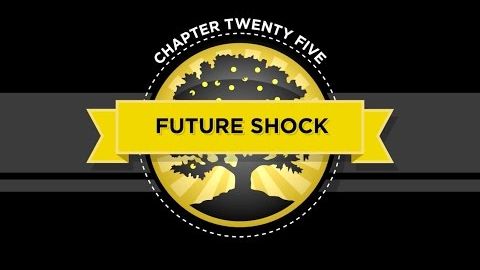
Subtitles & vocabulary
The Crash Course - Chapter 25 - Future Shock
00
稲葉白兎 posted on 2014/12/29Save
Video vocabulary
time
US /taɪm/
・
UK /taɪm/
- Uncountable Noun
- Speed at which music is played; tempo
- Point as shown on a clock, e.g. 3 p.m
- Transitive Verb
- To check speed at which music is performed
- To choose a specific moment to do something
A1TOEIC
More failure
US /'feɪljər/
・
UK /ˈfeɪljə(r)/
- Noun
- When things go wrong; lack of function
- Act or result of not achieving your goals
A1TOEIC
More learn
US /lɚn/
・
UK /lɜ:n/
- Verb (Transitive/Intransitive)
- To get knowledge or skills by study or experience
- To find out something.
A1
More Use Energy
Unlock All Vocabulary
Unlock pronunciation, explanations, and filters
